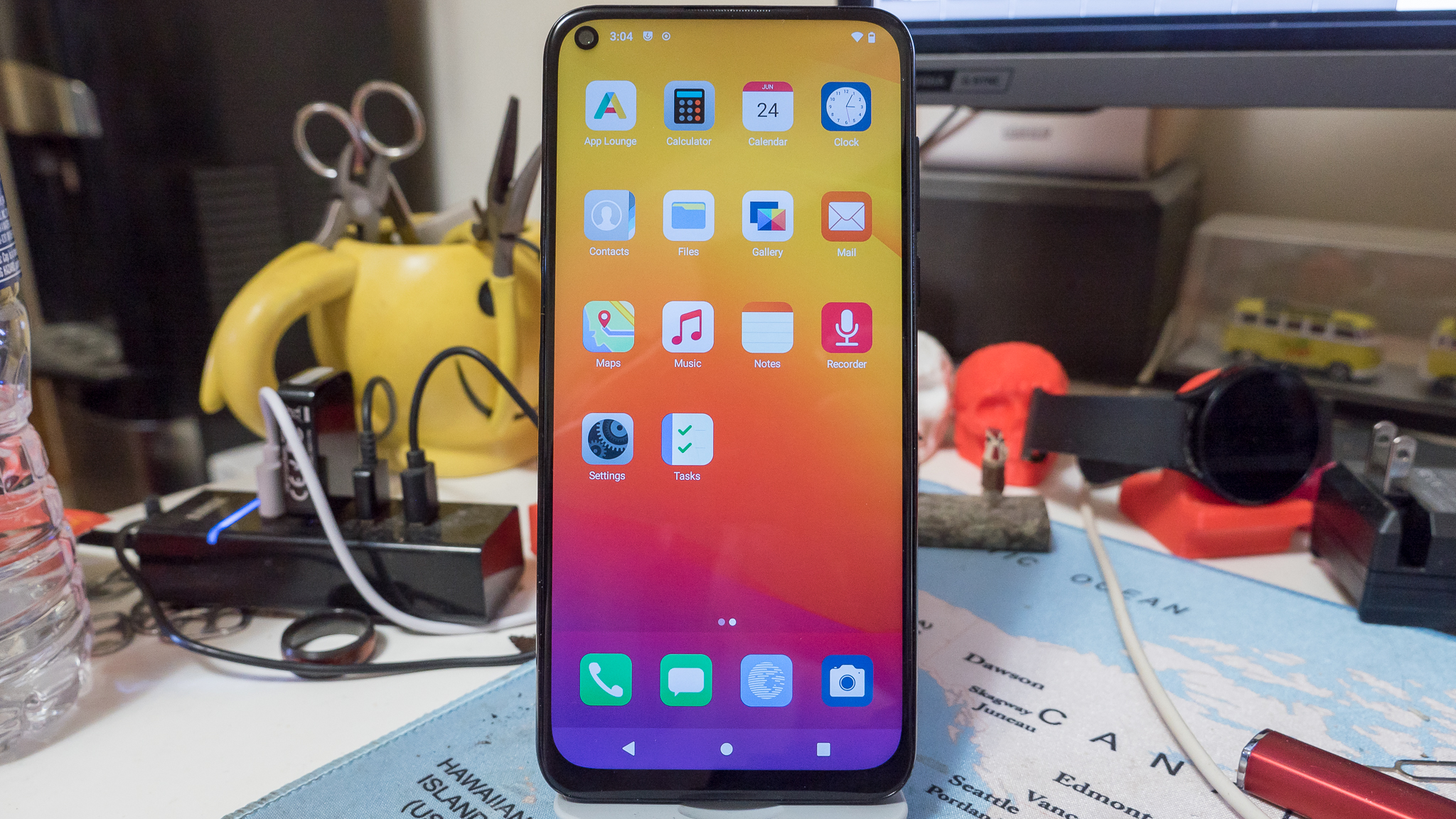The Brutal Truth About Pixel 10 Going eSIM-Only: Freedom or Corporate Prison?
Hello everyone. Right, let’s dive headfirst into the tech swamp and pick apart this latest drama – the Pixel 10 potentially going eSIM-only in the U.S. You’d think Google just announced it was removing the screen and asking you to imagine the display like some bizarre Zen exercise. But no, it’s just a SIM card – or rather, the lack of one you can actually hold in your hands. Still, here come the masses with pitchforks in one hand and their dusty microSIM adapters in the other, ready to march on Mountain View.
The Manufactured Outrage Complex
Let’s not kid ourselves – most people barely know what an eSIM is. Ask the average person, and they’ll likely tell you it sounds like some vitamin supplement sold by a suspicious influencer in a YouTube pre-roll ad. The rage you’re seeing isn’t from “most people.” It’s from the tech-inclined elite – the same folks who must have an opinion on charging cables, display refresh rates, and the size of bezels. They shriek the loudest and post the angriest tweets. It isn’t that everyone hates eSIM; it’s that the haters have simply learned how to spam your timeline more effectively than the happy crowd.
Like any contagious digital disease, this started with Apple. The iPhone 14 in the U.S. went eSIM-only, and the carriers responded with all the grace and efficiency of an emergency room run by a raccoon on meth. Verizon, in particular, made the process of transferring your number about as enjoyable as passing a kidney stone while juggling flaming chainsaws. Once you’ve endured that, of course you’re going to lobby for a return to ye olde plastic SIM card. Trauma has that effect.

When It Works, It’s Great – When It Doesn’t, It’s a Boss Fight
Here’s the twist – when eSIM setup works, it’s glorious. No poking a bent paperclip into a pinhole and praying you don’t send the tray skittering under the couch. Just tap a toggle in an app, wait three minutes, and boom – you’re live. That was my first experience with eSIM, and frankly, it was smoother than reinstalling Windows without losing your saves folder. But tech isn’t judged by its best-day performance; it’s defined by the headaches it causes on the worst days.
And the worst day with eSIM is ugly. Why? Because it wrestles one of the few controls you have away from you. With a physical SIM, as long as you weren’t trying to resurrect a phone flagged as stolen or dodgy, you could swap that tiny piece of plastic into a new device and be back online faster than a speedrunner glitching through a level. But eSIM? Now you’re beholden to the unholy alliance of phone makers and carriers – two factions who would absolutely put a microtransaction on oxygen if they could.
The Doctor Will See You Now
From a doctor’s perspective, this is a classic case of the Patient Being Told They’re Healthier While Being Restrained by a Broken Bureaucracy Syndrome. The carriers assure you it’s easier, greener, and the future – and they’re not wrong. eSIM is cheap, eliminates landfill-bound plastic, and will inevitably be the industry standard. But that’s like telling a patient their new diet is amazing while also handcuffing them to the hospital bed. Sure, you’re getting nutrients, but you’re not getting out under your own power.
Plot Twist Ending
The truth is: eSIM isn’t inherently evil, nor is it a gift from the silicon gods. It’s a tool. A tool wielded by corporations that make more profit the less freedom you have to tinker. Like mandatory online DRM for single-player games, the tech has benefits – instant provisioning, no fiddly cards – but also strings thick enough to tow a Ford F-150. And you’d better believe the corporations will pull them if they feel the need.
So, Pixel 10? eSIM-only? My stance is simple: fine, bring it on – but only if carriers can unfurl the red carpet instead of a booby-trapped minefield. Until then, expect chaos, memes, and more Twitter threads than actual successful activations. Good or bad? I’ll go with… predictably messy. The tech will work – corporations will make sure of it – but not before we all grind through the onboarding dungeon a few more painful times.
And that, ladies and gentlemen, is entirely my opinion.

Article source: Ask Jerry: The controversial rise of eSIMs and why many users have concerns, https://www.androidcentral.com/phones/ask-jerry-the-controversial-rise-of-esims-and-why-many-users-have-concerns



